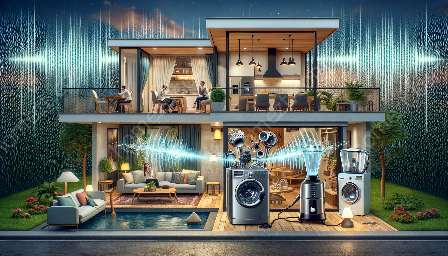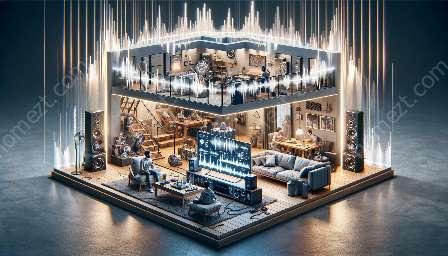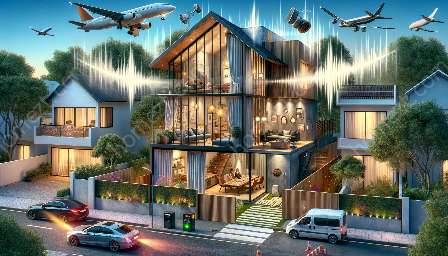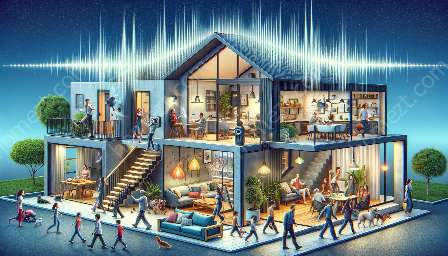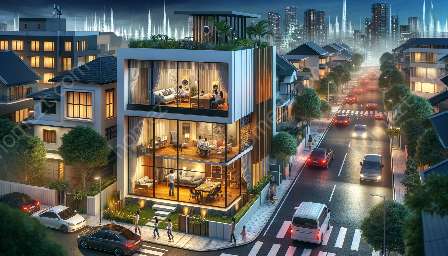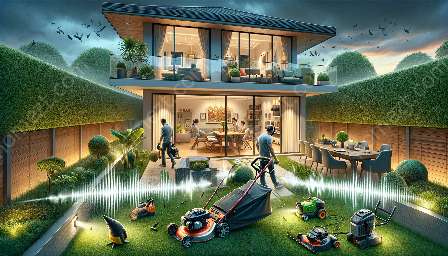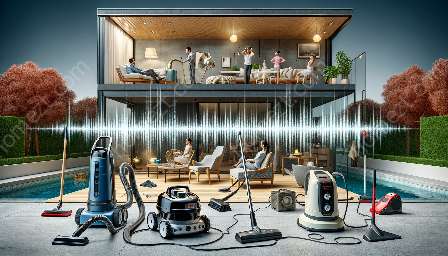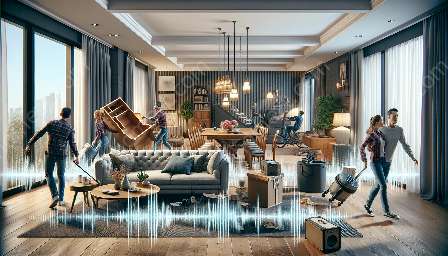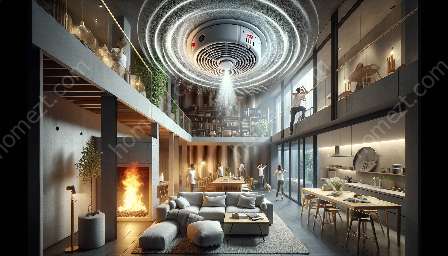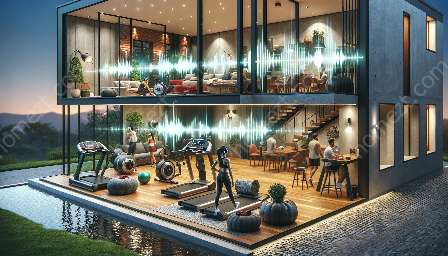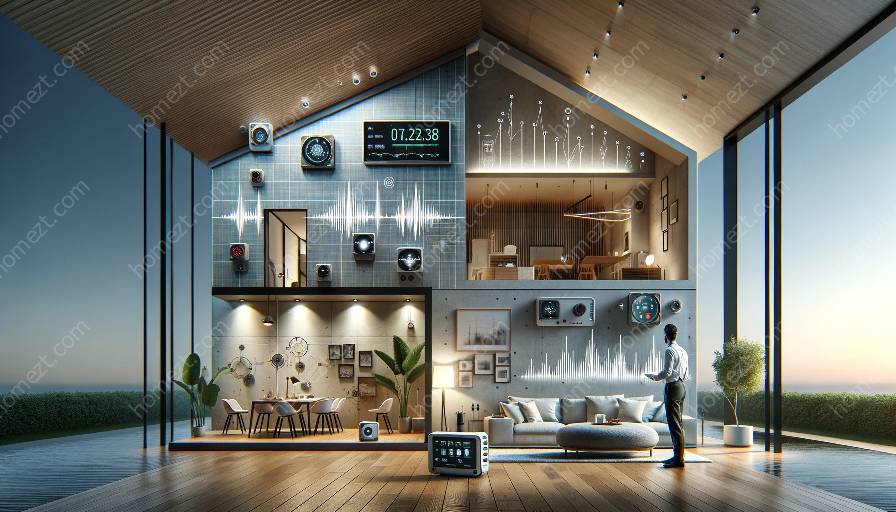Noise pollution in homes can be caused by structural vibrations, which can have various underlying factors. Analyzing these vibrations, understanding their causes, and implementing noise control measures are essential to create a peaceful living environment.
Understanding the Causes of Noise Pollution in Homes
Before delving into the analysis of structural vibrations, it's important to understand the broader causes of noise pollution in homes. These causes can encompass various factors, including:
- 1. Traffic Noise: Noise from nearby roads and highways can transmit through the structure of a home, causing vibrations and unwanted sound.
- 2. Mechanical Equipment: Heating, ventilation, and air conditioning (HVAC) systems, as well as household appliances, can generate vibrations that contribute to noise pollution.
- 3. Construction Activities: Nearby construction and demolition activities can create substantial vibrations that propagate through the ground and nearby structures, resulting in noise pollution in homes.
- 4. Structural Deficiencies: Weak or deteriorating building materials, inadequate insulation, and poor construction can lead to increased structural vibrations and noise transmission.
- 5. Human Activities: Loud activities within the home or adjacent properties, such as music, conversations, and home improvement projects, can also cause noise pollution.
Analyzing Structural Vibrations and Their Impact
Structural vibrations in a home can result from a variety of sources, and they can manifest in different ways, including:
- 1. Resonance: When structural components vibrate at their natural frequency due to external forces, resonance amplifies these vibrations and can lead to increased noise levels.
- 2. Impact Noise: Sudden or repetitive impacts, such as footsteps or moving furniture, can cause localized vibrations that result in noise pollution.
- 3. Equipment Operations: Machinery or equipment operating within or near the home can produce vibrations that resonate through the building structure.
- 4. Environmental Forces: Natural phenomena, like wind and seismic activity, can induce vibrations that contribute to noise pollution in homes.
Analyzing these structural vibrations involves assessing their frequencies, amplitudes, and the mechanisms that generate them. This analysis can help identify the specific sources of noise pollution and guide the implementation of effective control measures.
Effective Noise Control in Homes
To mitigate the impact of structural vibrations causing noise pollution, various noise control measures can be implemented:
- 1. Structural Modifications: Strengthening building components, adding vibration isolators, and installing soundproofing materials can minimize the transmission of vibrations and reduce noise levels.
- 2. Insulation and Sealing: Enhancing the insulation of walls, floors, and ceilings, as well as sealing gaps and cracks, can prevent the propagation of vibrations and airborne sound.
- 3. Sound Absorption: Using acoustic panels, curtains, and furniture to absorb sound energy can help mitigate noise pollution caused by structural vibrations.
- 4. Vibration Isolation: Isolating machinery, appliances, and structural elements from the building structure can prevent the transmission of vibrations and reduce noise impact.
- 5. Landscaping and Site Planning: Utilizing landscaping features and strategic site planning can act as natural barriers to attenuate external vibrations and reduce noise pollution.
Implementing these noise control measures can significantly improve the acoustic comfort of a home by addressing the underlying causes of noise pollution and minimizing the impact of structural vibrations.


